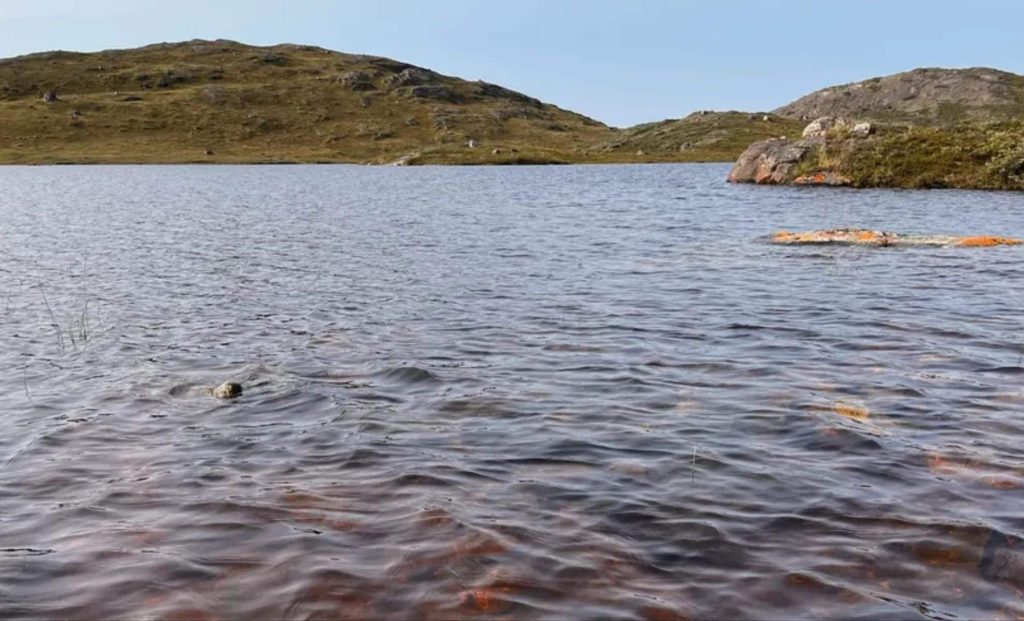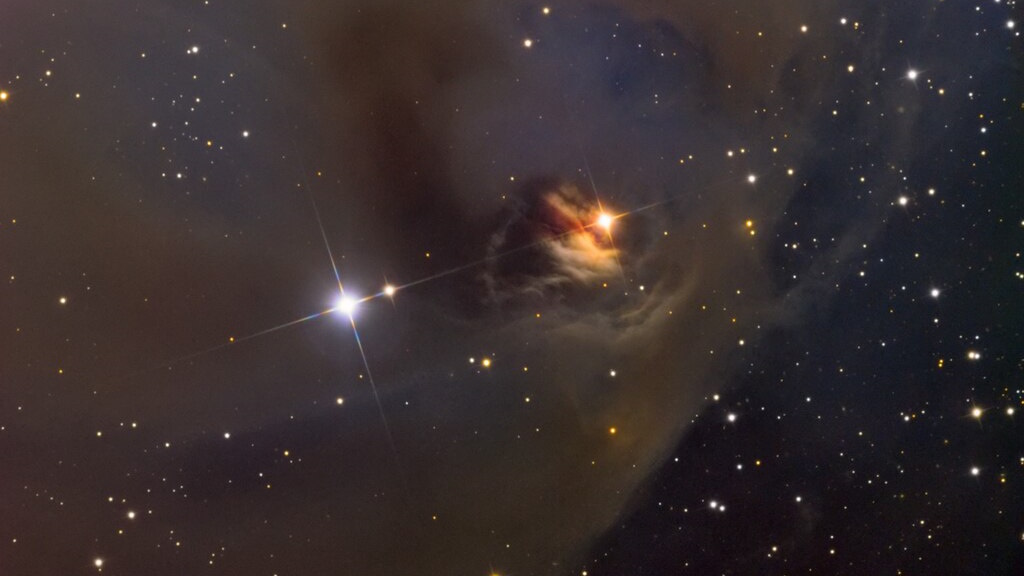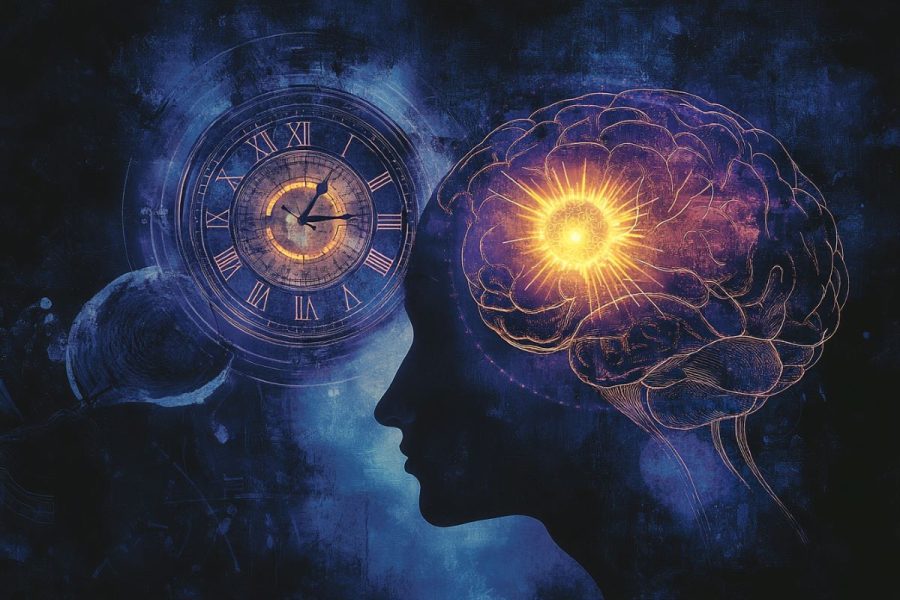Greenland’s Crystal Blue Lakes Turn Brown, Triggering Carbon Dioxide Surge in a Dire Climate Warning – The Daily Galaxy –Great Discoveries Channel

Thousands of Greenland’s once-pristine blue lakes have turned murky brown and flipped from carbon absorbers to emitters, releasing significant amounts of CO₂ into the atmosphere. Triggered by record-breaking heat and rain in 2022, this rapid transformation was fueled by thawing permafrost, which released carbon and nutrients into the water. The changes, described as “unprecedented” by researchers, also threaten drinking water supplies and local ecosystems, highlighting the accelerating impacts of climate change in the Arctic.Greenland’s once-pristine blue lakes, long considered a symbol of Arctic beauty and ecological stability, have undergone a shocking transformation. Driven by record-breaking heatwaves and intense rainfall in 2022, thousands of these lakes have turned murky brown and flipped from being carbon dioxide (CO₂) absorbers to dangerous emitters. This rapid change signals a critical tipping point in Greenland’s ecosystem, with far-reaching consequences for global climate dynamics.Researchers estimate that 7,500 lakes in West Greenland were affected by this dramatic shift, which unfolded over an unprecedentedly short period. The region, which normally experiences snowy conditions in the fall, was subjected to unusually warm weather and rainfall instead of snow, conditions exacerbated by atmospheric rivers fueled by global warming. This chain of events destabilized permafrost, releasing stored carbon and nutrients into the lakes, fundamentally altering their chemistry and ecological role.This transformation has implications far beyond Greenland, as the sudden browning and carbon release from these lakes highlight the fragile balance of Arctic ecosystems. The rapid pace of these changes—typically expected to take centuries—underscores the accelerating impact of climate change in polar regions.The transformation of Greenland’s lakes was triggered by a series of extreme weather events in the fall of 2022. An unusual atmospheric circulation pattern connected subtropical and mid-latitude regions to Greenland via atmospheric rivers, long, narrow corridors of heat and moisture. These atmospheric rivers delivered intense rainfall and raised temperatures by more than 14°F (8°C) above the seasonal average in some areas.Instead of snow, the rains melted Greenland’s permafrost, a frozen layer of soil rich in stored carbon, iron, and other organic materials. These substances were flushed into the lakes, turning their waters brown and murky. This discoloration reduced the penetration of sunlight into the lakes, which had a cascading effect on the aquatic ecosystem. Plankton, which rely on sunlight for photosynthesis and play a critical role in absorbing CO₂, began to die off. Meanwhile, other microorganisms in the lakes started breaking down organic material, releasing stored carbon back into the atmosphere.“The magnitude of this and the rate of change were unprecedented,” said Jasmine Saros, a professor of paleolimnology and lake ecology at the University of Maine. These changes, which were expected to take multiple decades or even centuries, occurred in less than a year, leaving scientists alarmed at the scale and speed of the disruption.These interconnected factors turned the lakes from carbon sinks into net carbon emitters, adding to the atmospheric CO₂ burden and intensifying the global climate crisis.The browning of Greenland’s lakes is more than an environmental anomaly; it has direct consequences for local ecosystems and human communities. The lakes, which previously provided a critical source of clean drinking water for Greenland’s residents, are now at risk of contamination. The influx of dissolved organic carbon and nutrients has the potential to disrupt water quality, making it unsafe for consumption.“The influx of dissolved organic carbon and nutrients from the permafrost can also have negative impacts on water supplies, creating bacteria growth that not only affects the water’s taste and smell, but can also potentially cause health problems from increased exposure to metals,” Saros explained in a statement from Heriot-Watt University in the U.K. This contamination could compromise water treatment processes, leading to the formation of harmful byproducts like trihalomethanes, chemicals that have been linked to cancer in humans.The lakes’ ecological systems are also at risk. The loss of sunlight due to the browning of the water disrupts photosynthetic organisms, which form the base of the aquatic food chain. Without them, entire ecosystems could collapse, affecting fish and other species that depend on these microscopic organisms for survival. The ripple effects of this disruption could extend beyond Greenland, impacting migratory species and global biodiversity.The rapid transformation of Greenland’s lakes is a stark warning about the accelerating pace of climate change, particularly in polar regions. Similar trends of lake browning have been observed across the Northern Hemisphere, including in the United States, but these transformations typically take decades to unfold. The Greenland case is unique because of how quickly the ecosystem shifted from stable to destabilized.This event also underscores the fragility of permafrost ecosystems, which store vast amounts of carbon and nutrients. As global temperatures rise, more permafrost will thaw, releasing even larger quantities of greenhouse gases into the atmosphere. This feedback loop, where warming triggers further carbon emissions, threatens to intensify the climate crisis.The impact of atmospheric rivers, which played a central role in Greenland’s transformation, is another critical factor. Climate models predict that these atmospheric phenomena will become more frequent and intense as the planet warms, potentially triggering similar tipping points in other regions.Addressing the changes in Greenland’s lakes will require a combination of local and global efforts. Locally, it will be essential to monitor water quality and implement measures to ensure safe drinking water for Greenland’s residents. On a global scale, reducing greenhouse gas emissions is critical to slowing the warming trends that drive such catastrophic events.While scientists continue to study the long-term implications of this transformation, one thing is clear: the browning of Greenland’s lakes is a harbinger of what’s to come if humanity fails to take action against climate change. By heeding the warning signs from the Arctic, we have an opportunity to mitigate the worst effects of global warming and preserve the fragile ecosystems that sustain life on Earth.This unfolding crisis in Greenland reminds us that the consequences of climate change are not distant or hypothetical—they are happening now, with accelerating speed and devastating impacts.Got a reaction? Share your thoughts in the commentsEnjoyed this article? Subscribe to our free newsletter for engaging stories, exclusive content, and the latest news.Comment Save my name, email, and website in this browser for the next time I comment.
© 2024 | Daily Galaxy | All rights reserved
Source: https://dailygalaxy.com/2025/01/greenland-crystal-blue-lakes-turn-brown/






